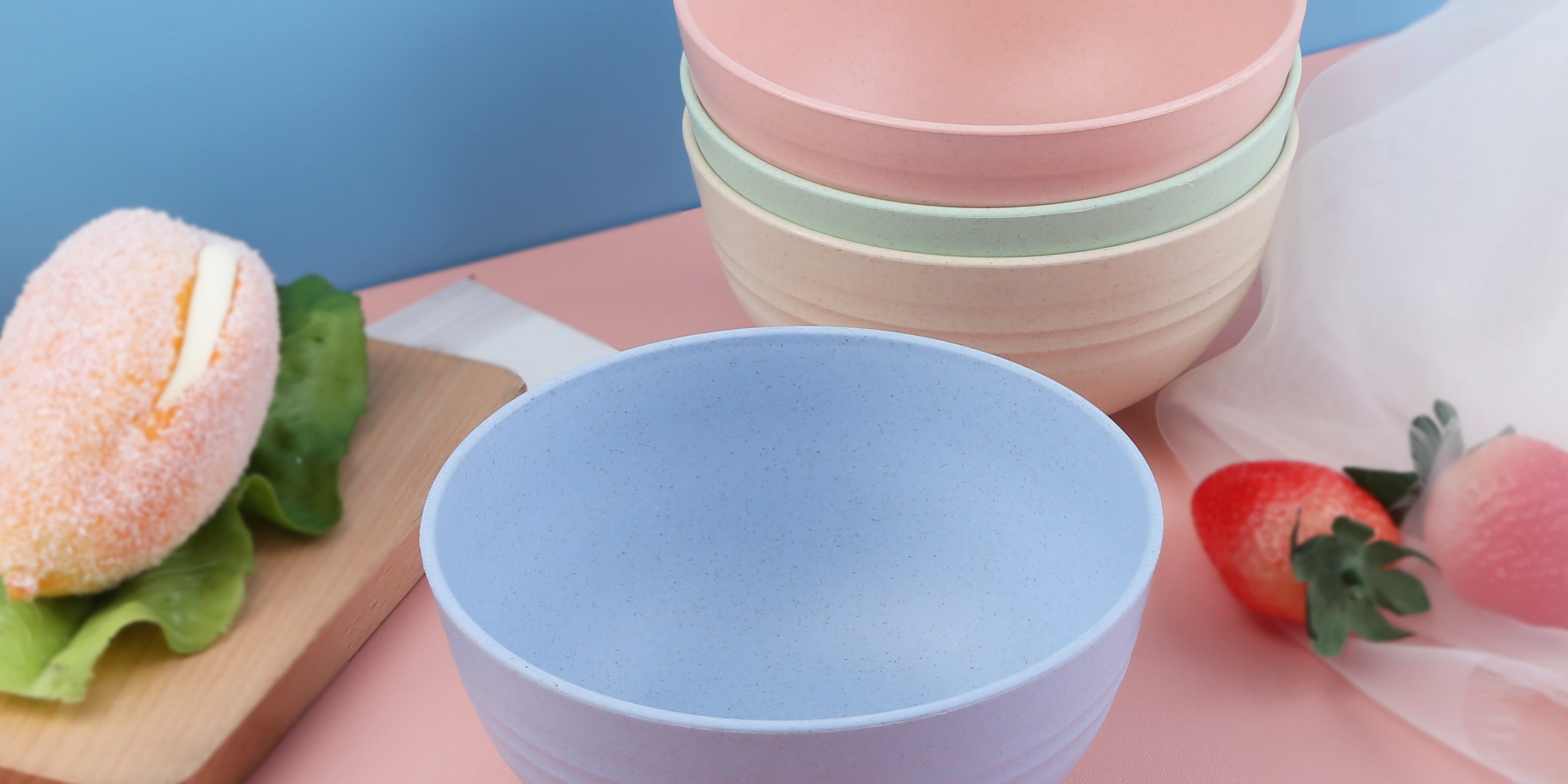Plastic bowls, ubiquitous in our daily lives, are the result of intricate scientific processes that encompass material selection, manufacturing techniques, and design innovation. Understanding the science behind plastic bowls provides insight into the complexity of producing these seemingly simple yet highly functional items.
The journey of a plastic bowl begins with the selection of suitable materials. Plastics, also known as polymers, are composed of long chains of molecules. Different types of plastics offer varying properties, such as flexibility, durability, heat resistance, and transparency. The choice of plastic for a bowl depends on its intended use and the desired characteristics.
The manufacturing process involves several key steps. First, plastic resin is melted and shaped into the desired bowl form using techniques such as injection molding or thermoforming. Injection molding involves injecting molten plastic into a mold, while thermoforming entails heating a plastic sheet and shaping it over a mold.
Design innovation plays a significant role in shaping the final product. Plastic bowls can be designed with various features, such as textured surfaces for better grip, stackable designs for efficient storage, and nesting capabilities for space-saving purposes. These design considerations enhance the bowl’s functionality and user experience.
The science of plastic manufacturing also extends to quality control. Manufacturers use techniques such as visual inspection, measurements, and stress tests to ensure that the bowls meet industry standards for strength, durability, and safety. This rigorous quality control process guarantees that the final product is reliable and fit for its intended use.
Despite their convenience, plastic bowls also raise environmental concerns due to their non-biodegradable nature. Efforts to address these concerns include the development of biodegradable and compostable plastics, as well as initiatives to promote responsible plastic use and recycling.
In conclusion, plastic bowls are the result of a complex scientific process that encompasses material selection, manufacturing techniques, and design innovation. Understanding the science behind plastic bowls sheds light on the intricate balance between functionality, aesthetics, and responsible production practices.





















